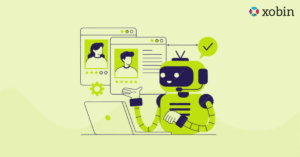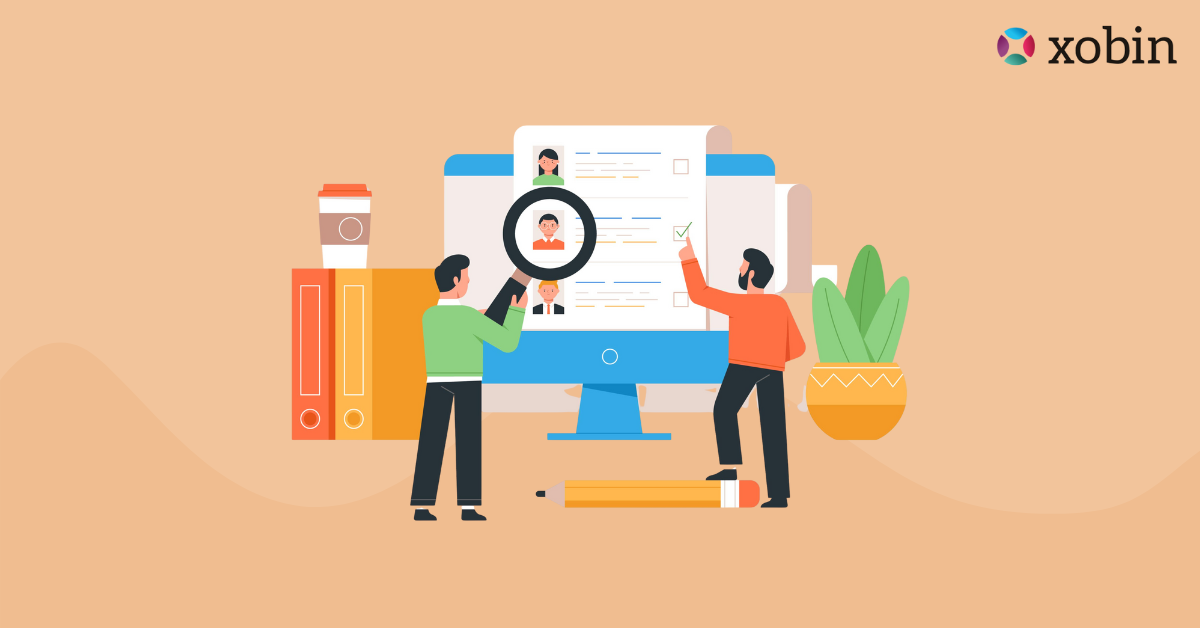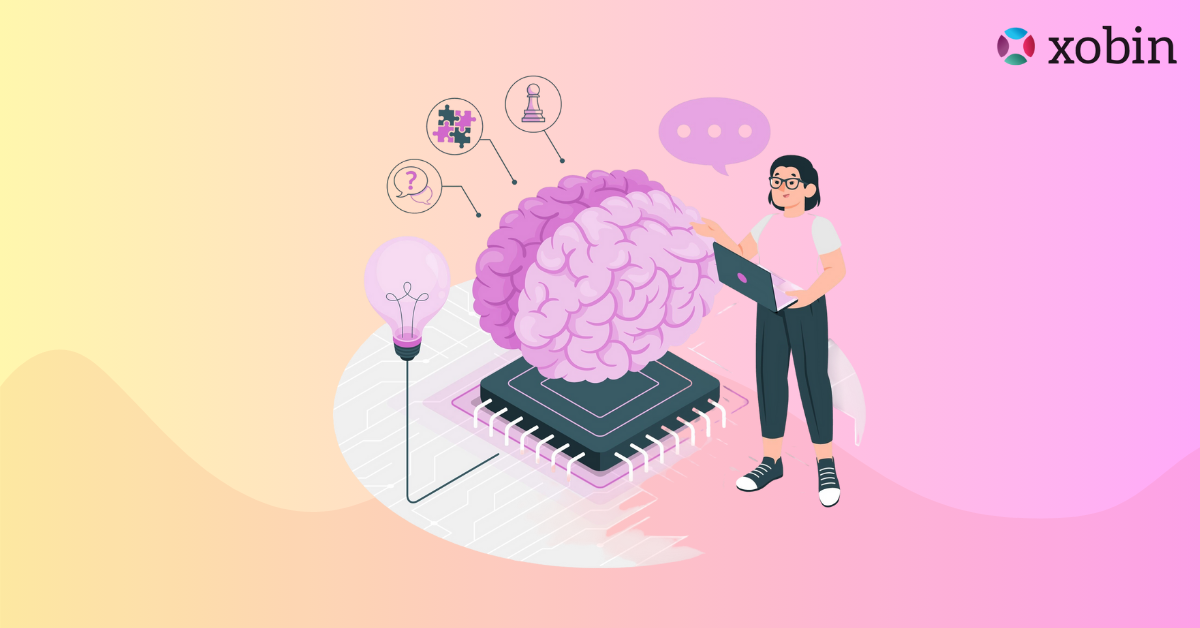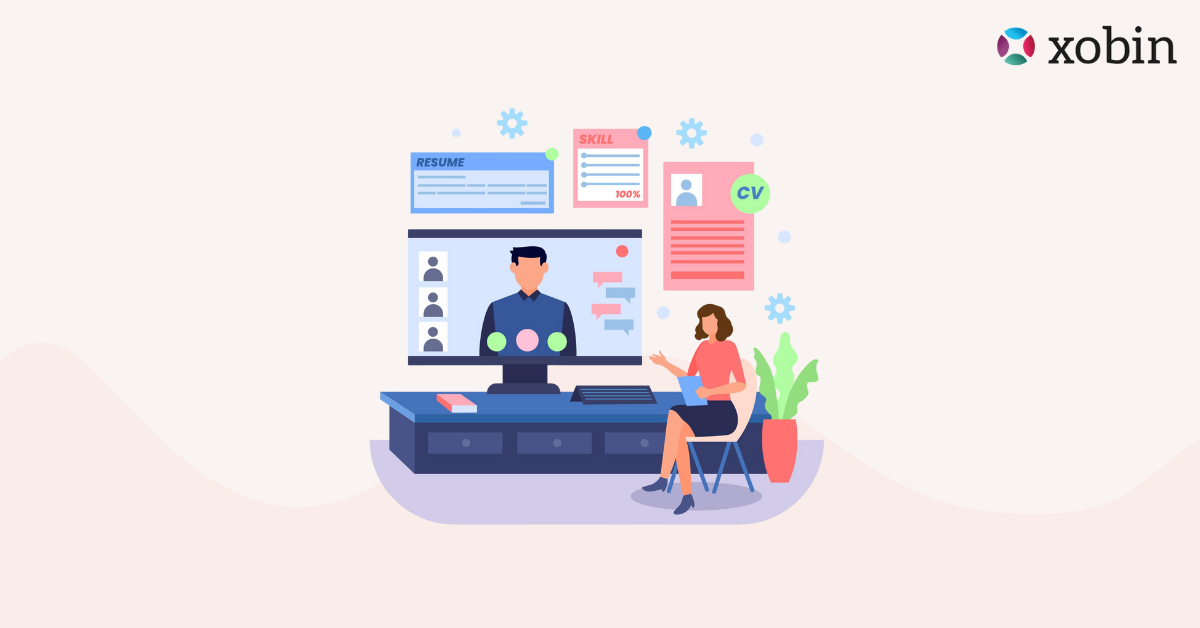Xobin Blog
Discover expert tips and strategies on skills and assessments talent evaluation platforms, and recruitment. Dive into comprehensive insights on all things HR to enhance your hiring processes.
I agree to Xobin's Privacy Policy

The Hidden Cost of Hiring Narcissistic Managers: How Xobin Help?

How to Automate Candidate Feedback Without Losing the Human Touch?

How to Screen and Shortlist Top-Performing Sales Candidates Efficiently?
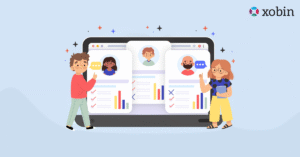
How Can You Quickly Screen Candidates in Large Volume?

What is Candidate Feedback and Why Does It Matter After Assessment?
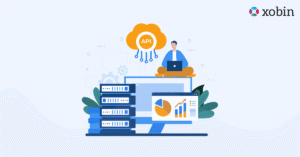
What is ATS Integration? A Complete Guide for Recruiters in 2025
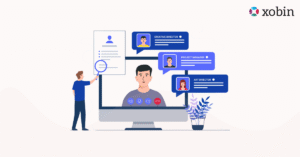
What is Screening in Recruitment: How Do HR Teams Get It Right?

What is Skill Benchmarking and Why HR Teams Need It in 2025
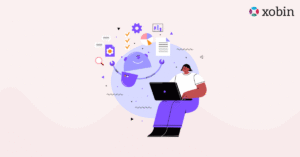
Top 30+ AI Tools for HR Tech in 2025
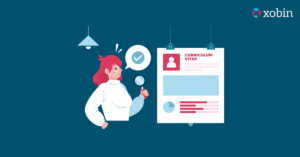
5 Hiring Tools to Reduce Bias in Screening, Testing, and Interviewing
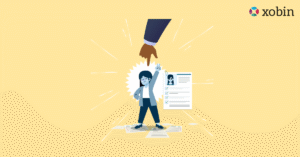
Key Strategies to Eliminate Hiring Bias for Fair Recruitment

Recruiter’s Guide to Identify and Measure Candidate Potential without Bias
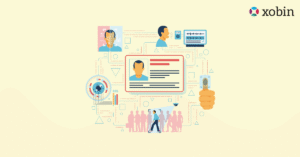
What is Candidate Identity Verification and Why do Recruiters Need It?
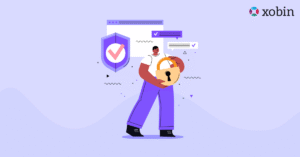
Top 10 Remote Proctoring Software for Recruiters in 2025
